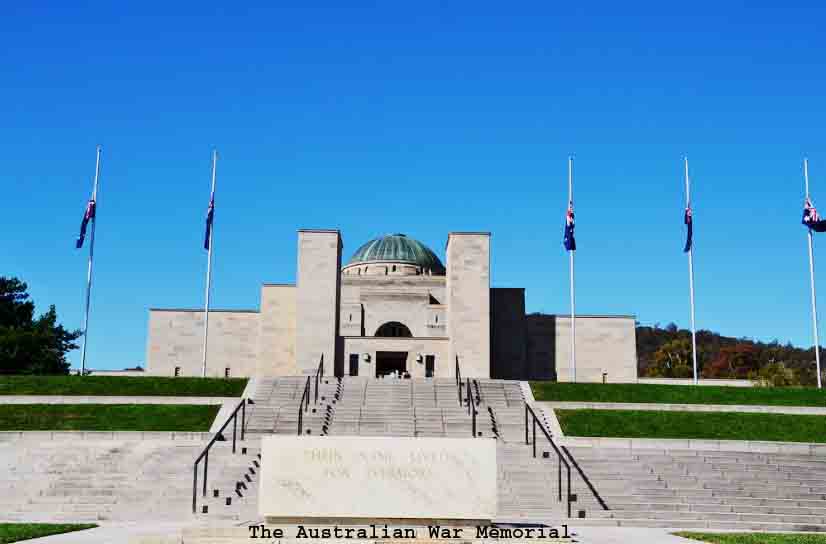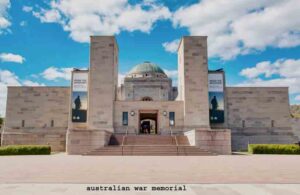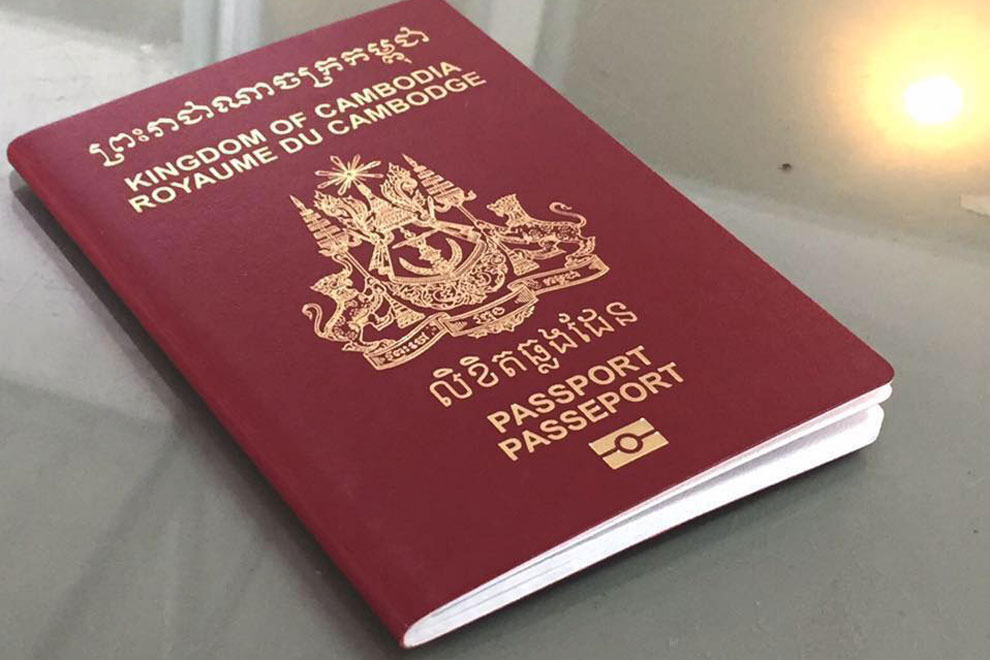
Australian War Memorial Introduction:
The Australian War Memorial stands as a solemn tribute to the courage, sacrifice, and resilience of the men and women who served the nation in times of conflict. Nestled in the heart of Canberra, this iconic institution is more than just a museum; it is a living memorial that tells the stories of Australia’s military history.
With its awe-inspiring architecture, extensive exhibits, and poignant commemorative ceremonies, the Australian War Memorial serves as a beacon of remembrance, honoring those who have given their lives in service to their country.
Historical Context:
To truly appreciate the significance of the Australian War Memorial, one must delve into the historical context that led to its establishment. The memorial’s roots trace back to the aftermath of World War I when the Australian government recognized
the need for a national institution to commemorate the sacrifices made by its citizens during the conflict. The vision was not just to create a physical space but to craft a narrative that would resonate with generations to come.

Architecture and Design:
The Australian War Memorial’s architecture is a masterful blend of symbolism and functionality. Designed by Sir Charles Bruce Dellit, the memorial’s grand structure stands as a testament to the gravity of war.
The Hall of Memory, with its imposing dome, houses the Tomb of the Unknown Australian Soldier, a poignant symbol of all those who have laid down their lives without recognition. The Roll of Honour, inscribed with the names of over 102,000 Australians who have died in war, is a stark reminder of the human cost of conflict.
Exhibits and Collections:
The heart of the Australian War Memorial lies in its extensive collection of artifacts, documents, and personal stories that span Australia’s military history. From the Gallipoli campaign in World War I to the jungles of Vietnam and the deserts of the Middle East, the exhibits offer a comprehensive journey through the nation’s military engagements. Visitors can explore dioramas, weaponry, and personal mementos that provide a tangible connection to the past.
Anzac Legacy:
The Anzac spirit, forged on the shores of Gallipoli during World War I, is a central theme woven throughout the Australian War Memorial. This ethos, characterized by qualities of courage, mateship, and sacrifice, is ingrained in the national identity. The memorial pays homage to the Anzacs and their enduring legacy, emphasizing the importance of remembrance and learning from the lessons of the past.
Remembrance Ceremonies:
The Australian War Memorial is not just a static museum; it is a living, breathing institution that hosts various remembrance ceremonies throughout the year. Anzac Day and Remembrance Day, in particular,
draw crowds from across the nation, creating a solemn atmosphere of reflection and gratitude. The Last Post ceremony, held daily at the memorial, individualizes the sacrifice by telling the stories of those whose names are etched on the Roll of Honour.
Indigenous Contributions:
The contributions of Indigenous Australians to the nation’s military history are a vital but often overlooked aspect. The Australian War Memorial endeavors to rectify this by acknowledging and honoring the service of Indigenous men and women. Through dedicated exhibits and programs, the memorial seeks to highlight the diversity of those who have served and emphasize the shared commitment to protecting the nation.
Education and Outreach:
Beyond its physical walls, the Australian War Memorial extends its impact through education and outreach programs. School visits, lectures, and online resources provide avenues for people of all ages to engage with Australia’s military history. By fostering an understanding of the nation’s past, the memorial aims to cultivate a sense of responsibility and appreciation for the sacrifices made by previous generations.
Challenges and Controversies:
While the Australian War Memorial stands as a revered institution, it has not been without its share of challenges and controversies. Debates have emerged over the memorial’s expansion plans, with concerns raised about the allocation of resources and the potential impact on the memorial’s original intent. Additionally, questions about the representation of certain conflicts and the narratives presented in exhibits have sparked discussions about the complex nature of memorialization.
The Future of Remembrance:
As the Australian War Memorial continues to evolve, the question of its role in shaping the future of remembrance arises. In an era marked by technological advancements and changing perspectives on warfare,
how will the memorial adapt to ensure that the stories of sacrifice remain relevant and resonate with new generations? Exploring this aspect sheds light on the ongoing commitment to honoring the past while navigating the complexities of the present and future.
Conclusion:
The Australian War Memorial stands as a powerful symbol of remembrance, paying tribute to the individuals who have shaped the nation’s history through their service and sacrifice. Its architecture, exhibits, and ceremonies create a poignant space for reflection,
inviting visitors to connect with the stories of the past. As the memorial continues to fulfill its role as a custodian of Australia’s military history, it serves as a timeless reminder of the enduring impact of war on individuals, communities, and the nation as a whole.









